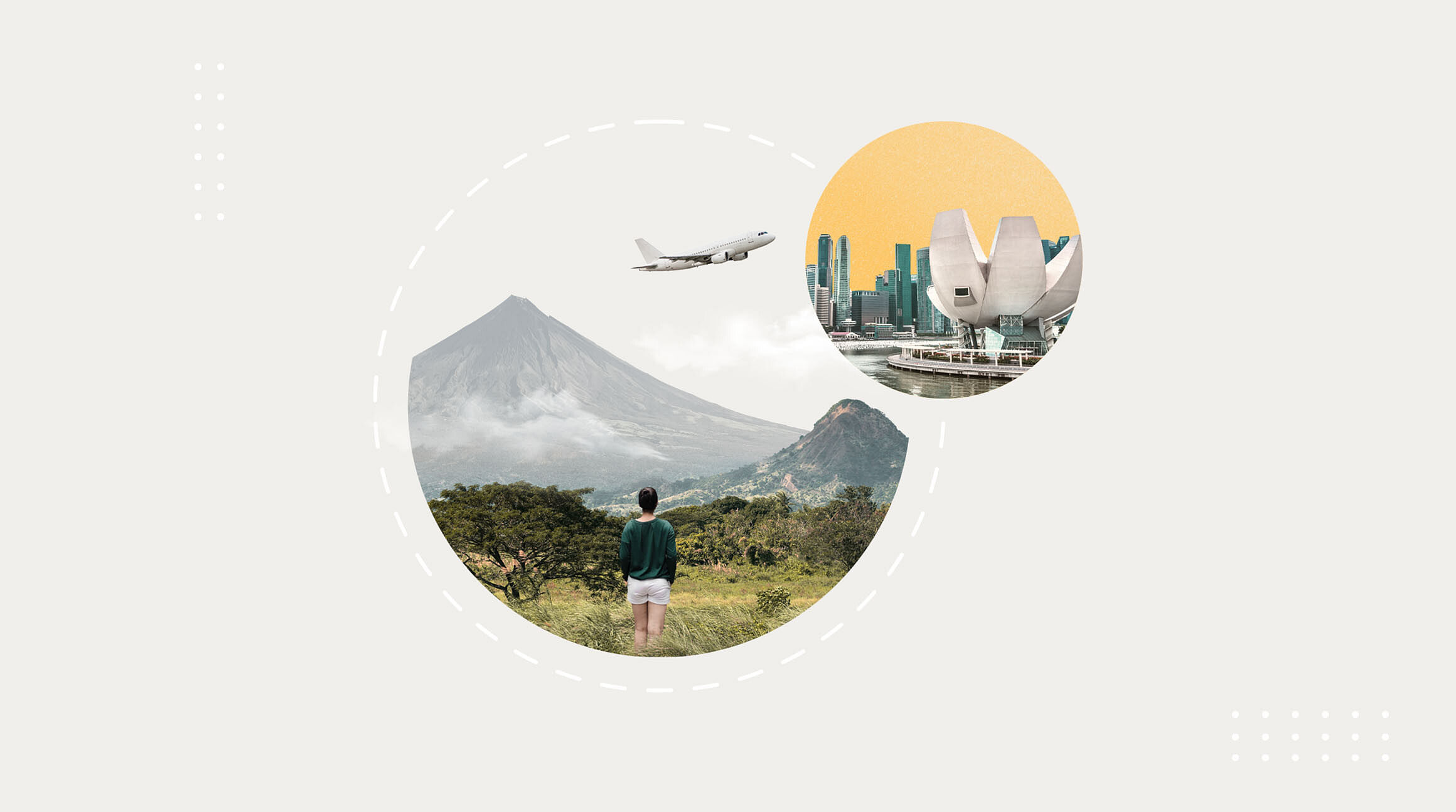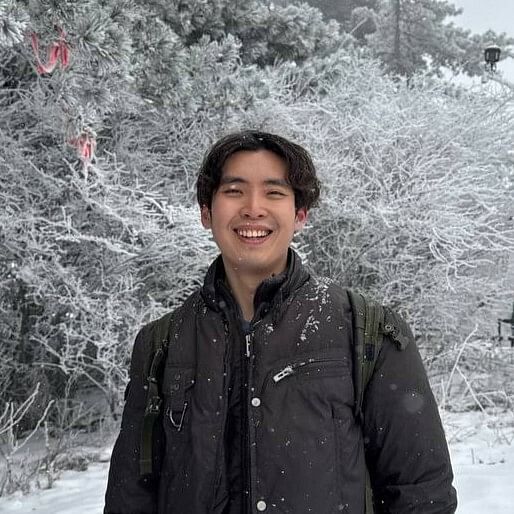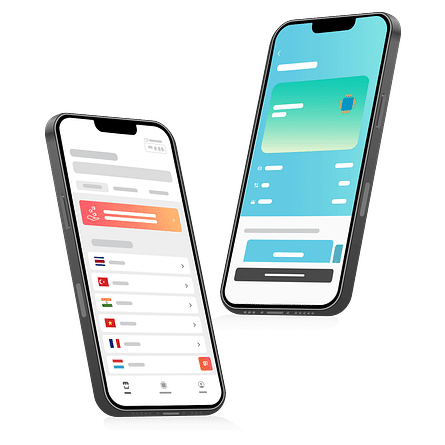
Planning a trip to Singapore from the Philippines?
Singapore’s ethnic neighborhoods, Chinatown (left), Little India (middle), and Kampung Glam (right). Source: Unsplash
As someone who’s lived in Singapore my whole life, I’m excited to walk you through everything you need to know before stepping off that plane.
This guide covers the key travel requirements to Singapore from the Philippines, including whether you need a visa, passport rules, and how to properly fill out your SG Arrival Card so you don’t get stuck at immigration.
I’ll also go over unofficial but super useful entry tips like showing proof of return travel, travel insurance, and how to stay connected easily with an eSIM.
And if you’re wondering what to pack or what to do once you arrive, I’ve got practical suggestions and local favorites lined up for you too.
Let’s delve right in, shall we?
Things Filipinos Should Pack for an Epic Singapore Trip
Singapore eSIM
One of the smartest things I do before flying abroad is set up a Singapore eSIM.
With apps and maps playing a huge role in navigating the city, staying online is more than a luxury—it’s essential. Airalo’s eSIM worked great for me, and here’s why I think it’s a strong option:
- Budget-friendly: $0.87 per day for 20 GB for 30 days
- Instant activation – start using mobile data the moment you land
- No physical SIM swap – avoid losing or damaging your Singapore SIM card
- Dual-SIM support – keep your home number while accessing Singapore data
- App-based top-up – add data anytime without needing a local SIM store
- Transparent pricing – pick a plan that fits your travel needs with no hidden charges
It’s basically plug-and-play. And the fewer the lines at the airport, the better, right?
Clothes and Footwear for the Singapore Weather
Singapore’s climate feels like walking into a warm steam room most days, so packing the right clothes is a game-changer.
Lightweight, breathable, and moisture-wicking fabrics should dominate your suitcase. You’ll be on your feet a lot, so practical and comfy footwear is a must.
Pack these:
- Quick-dry shirts or tank tops
- A lightweight wrap or cardigan for women in chilly air-conditioned places.
- Light cotton shorts and linen pants
- A thin raincoat or foldable umbrella (sudden rain is common)
- Sneakers or cushioned walking shoes
- A pair of sandals for casual strolls or the beach
- A sun hat or cap and UV-protection sunglasses
Whether you're snapping selfies at Gardens by the Bay or hopping MRT stations, dressing smartly keeps you cool and confident all day.
Toiletries and Accessories
Source: Unsplash
While Singapore has most essentials available in stores, I’ve found that bringing my own basics helps me avoid unnecessary errands.
Plus, your skin might react differently to unfamiliar brands or products. I always suggest being prepared with personal care items tailored to Singapore’s hot and humid conditions.
Here’s what I recommend packing:
- Travel-sized sunscreen (SPF 30 or higher)
- Facial blotting sheets or powder
- Reusable water bottle (plenty of refill stations around)
- Basic first-aid items (band-aids, pain relievers, allergy meds)
- Insect repellent for park visits
- Toiletry kit with essentials (toothbrush, toothpaste, deodorant, etc.)
- Universal power adapter (Singapore uses the Type G plug)
With these packed and ready, you'll spend less time hunting down products and more time soaking in Singapore's incredible sights.
Singapore Tourist Visa Requirements for Filipino Citizens
Do Filipinos Need A Visa To Enter Singapore?
Filipino travelers don’t need a visa to visit Singapore for short stays.
Whether you're headed there for tourism, visiting friends and family, or attending a quick business meeting, Singapore allows Filipino passport holders to enter the country without a visa.
This visa-free access makes it easier to plan spontaneous trips or quick getaways.
Maximum Duration of Stay
Under Singapore's visa-free policy for Filipinos, the maximum stay allowed is 30 days.
That’s generally enough for most DIY leisure trips, sightseeing adventures, and short business engagements.
While some travelers might be tempted to extend their stay unofficially, it’s important to know that overstaying, even by one day, can result in fines, detention, or future entry restrictions.
If you plan to remain in Singapore for longer than 30 days or for purposes beyond tourism, like employment or study, a proper visa or permit will be required.
Entry Conditions: What You’ll Need at Immigration
Even without a visa, you’ll need to present certain documents and meet specific conditions at the border.
Singapore immigration officers may ask for a confirmed return or onward ticket, a valid passport with at least six months of remaining validity, and proof of financial capacity to support your stay.
It’s also a good idea to have accommodation details ready, whether it’s a hotel reservation or an invitation letter from a host in Singapore.
Travelers are encouraged to prepare these documents in advance and keep both digital and printed copies readily accessible.
While it may seem like a formality, not being able to present these on request could delay your entry or lead to being turned away.
When and How to Apply for a Visa (If Required)
In most situations, you won’t need a visa, but there are exceptions.
For special travel purposes or when specifically requested by the Immigration and Checkpoints Authority (ICA), you might be asked to apply for a visa. This applies more commonly to travelers with complex travel histories or those flagged for additional checks.
Visa applications can be submitted online through Singapore's official ICA portal or via authorized agents.
You’ll typically need:
- Your passport
- Passport-sized photo
- Completed application form
- Proof of travel plans
- Evidence of financial means.
Processing time is usually a few business days, but it’s always best to apply early to avoid any delays.
SG Arrival Card (SGAC) with Electronic Health Declaration
What is the SG Arrival Card (SGAC) and Why It’s Required
The SGAC is a mandatory entry requirement for all individuals traveling to Singapore, including citizens and permanent residents returning home.
It replaces the old paper disembarkation card we used to fill in on the plane. Now it’s all done digitally.
The SGAC helps our immigration system process travelers more efficiently while ensuring that essential health and travel details are collected in advance.
It plays a key role in border security and public health, especially in a high-traffic hub like Singapore.
Whether you’re a tourist, returning Singaporean, or a PR, submitting the SGAC is mandatory. No exceptions, even if you're only transiting through Changi Airport without clearing immigration.
Step-by-Step Guide to Submitting the SGAC
- Submit early: You can fill out the SG Arrival Card as early as three days before your arrival in Singapore.
- Best time to do it: Complete the form right after confirming your flight details to avoid last-minute stress.
- Where to access: Use the official ICA website or download the MyICA Mobile app. Both platforms are safe and user-friendly.
- Details you’ll need: Prepare your passport number, travel dates, flight number, and accommodation details.
- Accuracy matters: Double-check your information, especially your local address, whether it's a hotel or a relative’s home.
- Why it’s important: Submitting early helps speed up immigration clearance and prevents unnecessary delays, especially during busy hours at Changi Airport.
Including the Electronic Health Declaration
As part of the SGAC, you’ll also be prompted to complete an electronic health declaration.
This section asks for recent health symptoms, recent travel history, and whether you’ve had any contact with infectious diseases.
This process is not meant to be invasive. It’s more about keeping everyone safe, including fellow travelers and our local community.
Although most COVID-19 restrictions have been lifted, this system remains in place to monitor potential public health threats.
If there's ever another outbreak or new virus in circulation, these declarations help authorities act quickly without shutting the whole system down.
Consequences of Non-Submission
Delays at immigration
If you forget to submit your SGAC before landing, you’re likely to run into delays the moment you reach immigration.
I've seen this happen more than once at Changi, especially when travelers assume it's just optional.
Without the SGAC, immigration officers will have to pull you aside so you can complete it on the spot, which takes time and causes unnecessary stress if you're arriving during a busy period.
Risk of denial of entry
While delays are inconvenient, the bigger risk of skipping the SGAC is being denied entry altogether.
Singapore’s immigration rules are strict, and compliance is taken seriously. If officers find that a traveler didn’t submit the required information, they have full authority to turn that person away.
This is especially true if the traveler can't complete the form immediately or if there are issues with the details provided.
Passport Requirements
Before flying to Singapore, make sure your passport is valid for at least six months from your date of entry. This is a strict rule, and even a one-day shortfall could lead to being denied boarding or entry.
Immigration officers also require that your passport has at least one blank page for stamping, and it must be in good condition with no tears, water damage, or missing parts.
For first-time travelers, keep your passport in a waterproof case, have digital and printed copies stored safely, and present it open to the photo page when going through immigration to speed up processing.
Unofficial Requirements for Smooth Entry
Travel Insurance (Highly Recommended)
While not officially required by Singapore immigration, having travel insurance is something I always encourage.
It gives you peace of mind and shows that you're prepared for the unexpected. Good coverage should include medical emergencies, hospital visits, trip cancellations, and delays due to weather or flight changes.
There are plenty of providers out there offering affordable plans for stays of various travel durations
If anything happens—lost luggage, sudden illness, or a rescheduled flight—you’ll be glad you had a backup plan.
Proof of Onward or Return Travel
Although Singapore allows visa-free entry for Filipinos, immigration officers sometimes ask for proof that you’ll be leaving the country.
It’s nothing personal. It’s just part of ensuring visitors don’t overstay. Having a confirmed return flight or onward ticket is one of the simplest ways to avoid extra questioning.
From experience, I’ve found myself frantically searching for booking confirmations at the counter whenever I travel out of Singapore. So save yourself the stress and have your confirmation ready in both digital and printed form.
You don’t need a physical ticket, just the confirmation email or screenshot with the date and flight number clearly displayed.
Accommodation Booking
It also helps to present a hotel reservation or, if you’re staying with family or friends, an invitation letter with their address and contact details.
From my experience, travelers who confidently present these details tend to breeze through immigration. It’s all about showing that you’ve done your homework and planned your trip responsibly.
Final Tips Before You Touch Down in the Lion City
I hope this guide has given you the clarity and confidence you need for your trip to Singapore from the Philippines.
From visa-free access and completing the SGAC, you’re now well-prepared for a smooth journey.
One last tip before you fly. Consider getting a Singapore eSIM through Airalo. It’s a simple way to stay connected the moment you land, without the hassle of local SIM cards. Here’s why many travelers swear by it:
- Affordable – $0.87 per day for 20 GB for 30 days
- Instant activation – get connected as soon as you arrive
- No roaming charges – avoid unexpected fees from your Philippine carrier
- App-based top-ups – add data anytime without visiting a store
- Dual SIM support – keep your original number while using local data
Singapore may be small, but it’s bursting with charm, diversity, and experiences I’ve spent my whole life enjoying.
Whether this is your first time here or a return visit, planning ahead allows you to skip the stress and dive straight into the adventure.
Safe travels, and I’ll see you around!



